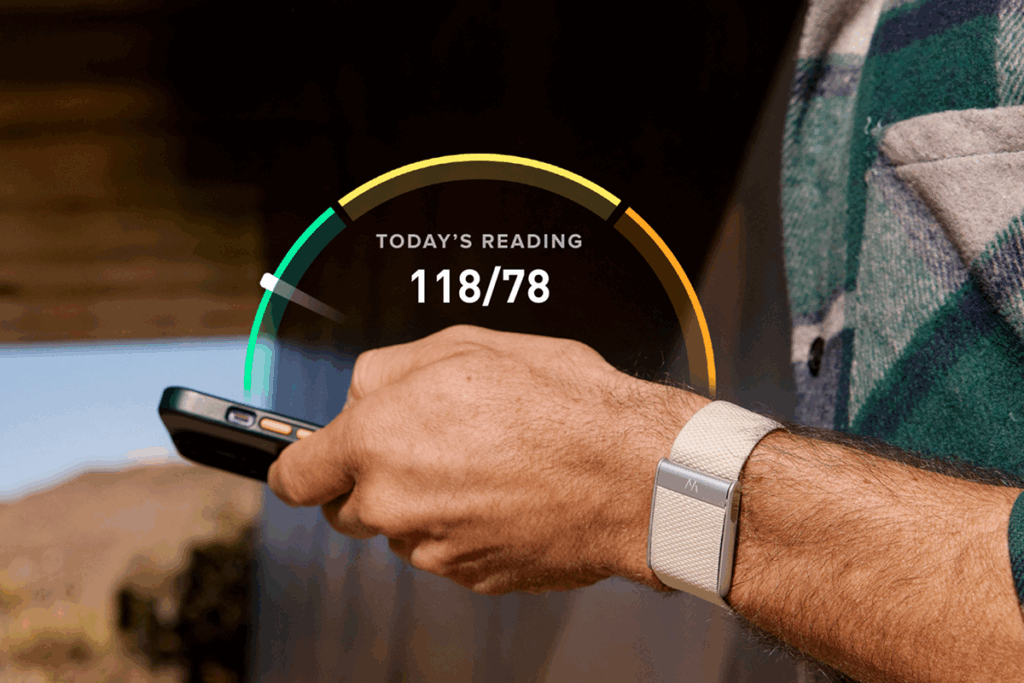What’s happening: The FDA issued a warning letter to the wearables maker, insisting WHOOP’s Blood Pressure Insights feature requires agency review for medical use. It has 15 days to respond or risk fines, injunctions, or product seizure.
Big whoop. Not backing down, WHOOP CEO Will Ahmed called it “regulatory overreach,” noting similar heart rate and respiratory applications are allowed in wellness use cases. He argues the optical feature, launched in May, notifies users it doesn’t diagnose conditions and must be calibrated with a traditional blood pressure cuff.
Boiling up. Whether prompted by competitor complaint or genuine concern, the move signals a new level of scrutiny, and may cause other wearable brands to rethink their roadmaps.
Nearly half of US adults have hypertension, but 41% don’t know it. Filling a void, the race to noninvasive blood pressure sensors is fierce, with Samsung already offering the capability internationally and Apple’s version reportedly on the way.
Cleared by the FDA earlier this month, Swiss startup Aktiia is bringing its optical BP monitor to the US next year.
Right to read. Ahmed’s broader argument: Consumers have a right to their own health data. Playing a bigger role in preventative health, wearables have been wading into medical device territory for years, with most avoiding regulation by framing clinical-grade features as wellness tools.
Punchline: Wearables want a bigger role in healthcare. The FDA wants to avoid missteps. But it’s unclear whose interests best align with the consumer’s. A warning shot, going after WHOOP could kick off a crackdown, just as the Personal Health OS movement gains steam.






